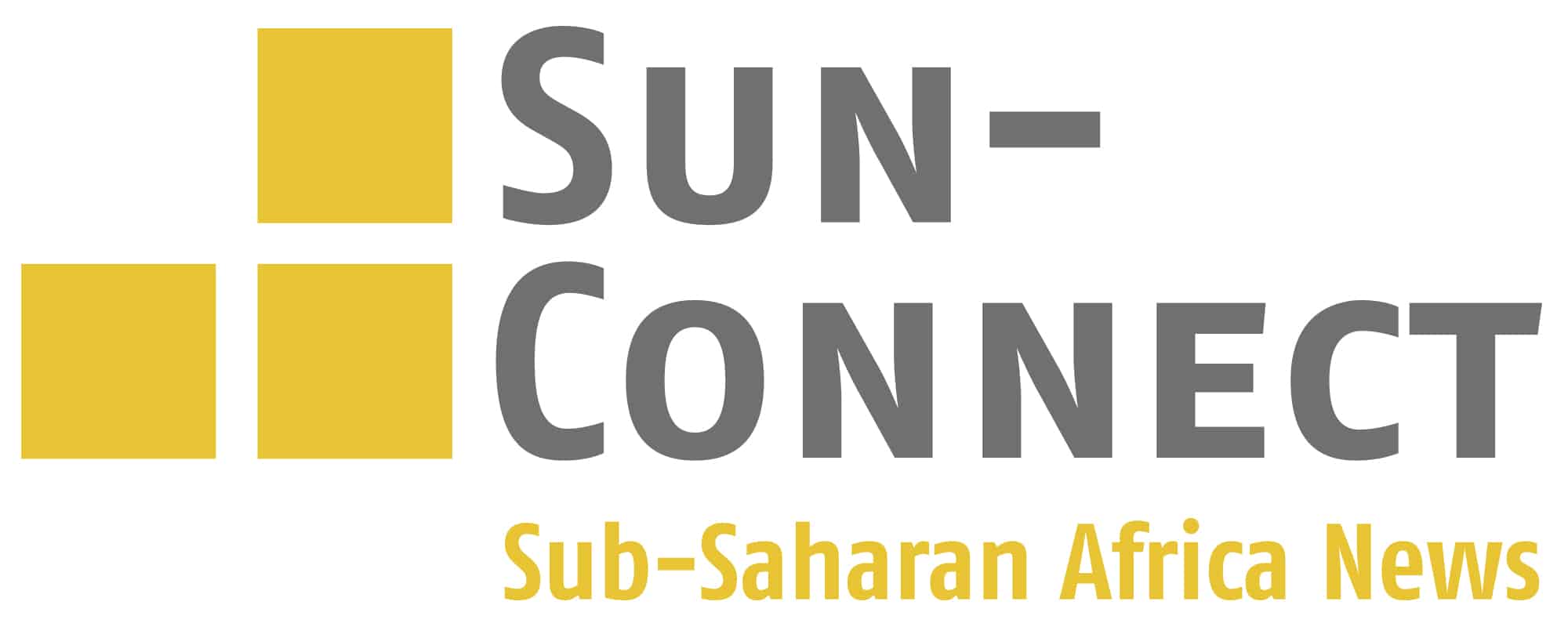- News
- DW
- News
An island community in Somalia’s Lower Shabelle region has long been struggling to survive without electricity. But now a solar power mini grid installed by a local company has transformed locals’ lives.
- News
- BNN Breaking
- News
Somalia has been chosen for the World Bank’s Accelerating Sustainable and Clean Energy Access Transformation (ASCENT) program. This initiative seeks to explore and implement sustainable energy solutions in regions where access to clean and reliable energy remains a hurdle.
- News
- raseef
- News
In Somalia, citizens pay three times what their counterparts in Washington, D.C. pay per kilowatt-hour, and 15 times more than the average Egyptian citizen. Could renewable energy be the solution to Somalia’s electricity crisis? And why is investing in it less costly than investing in fossil fuel-dependent power stations?
- News
- The East African
- News
Tanzania, Rwanda and Somalia are among four countries selected as pilots of a new World Bank clean energy programme that is set to benefit at least 100 million people in Sub-Saharan Africa by 2030. World Bank Group President Banga announced the $15 billion project during the International Development Association’s (IDA) mid-term review meeting.
- News
- Techcabal
- News
While discussions of fundraising rounds typically bypass the country, its growing potential within its borders should not be ignored. The tech scene in Somalia might be small on the global stage today, but a transformational foundation has been set up based on activities that have been taking place there.
- News
- Xinhuanet
- News
The United Nations Development Programme (UNDP) and Somalia have launched an ambitious solar minigrids program to increase access to electricity in the country. The Somalia project of the Africa Minigrids Program will bring new development opportunities to rural communities while contributing to putting the country on a sustainable development.
- News
- ESI Africa
- News
Somalia is about to get its first hybrid solar PV plant in the city of Baidoa with some help from the World Bank’s MIGA programme. Kube Energy is developing the project in collaboration with the government of the South West Sate of Somalia. It will be financed and developed in partnership with CrossBoundary Energy
- Jacfar Jimcale
- Article
The World Bank (WB) is launching the Somali Electricity recovery Project (SERP) which will cost 150M USD and its worth mentioning that the money is not coming from WB account. It comes from Multi-partner Fund (MPF) account which is managed by the WB. Countries like EU, Japan and UAE have pledged to support Somalia and paid this 150M.
- International Energy Agency (IEA)
- Article
The greater Horn of Africa – defined in this report as Djibouti, Eritrea, Ethiopia, Kenya, Somalia, South Sudan, Sudan and Uganda – represents nearly a quarter of sub-Saharan Africa’s GDP, and is home to some of the fastest growing economies, but also many areas that face ongoing conflict and instability.
- News
- ESI Africa
- News
Thanks to the Integrated Land and Water Resources Management project, funded by the European Union and implemented by the Food and Agriculture Organization of the United Nations (FAO), Somalian residents can maintain their livelihoods in a region affected by an increasing frequency of droughts and floods.
Latest Documents
- African Development Bank (AfDB)
- 2023



